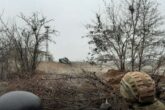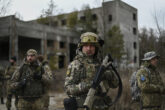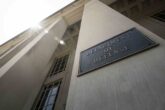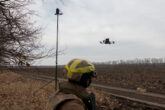May 02, 2017
The Role of the Commander-in-Chief
I really just see the bigness of it all, but also the responsibility. And the human responsibility. You know, the human life that’s involved in some of the decisions.” — President Donald Trump, interview with the Associated Press
All presidents marvel at the gravity and size of the role of commander-in-chief at the beginning of their administrations. Two years in, President John F. Kennedy said that the biggest surprise of the presidency was that the “responsibilities placed on the United States are greater than I imagined them to be, and there are greater limitations upon our ability to bring about a favorable result than I had imagined them to be.” So the learning curve is always steep. Where presidents differ, often consequentially, is on how quickly and how well they organize themselves and their government so as not to become disastrously overwhelmed.
Read the full article at Foreign Policy.
More from CNAS
-
Defense / Transatlantic Security
When Defense Becomes Destruction: Austria-Hungary’s Mistake and Ukraine’s RiskThis article was originally posted on War on the Rocks. The southeastern Polish city of Przemyśl, with its elegant 19th century Habsburg-era train station, remains one of the ...
By Franz-Stefan Gady
-
Defense / Transatlantic Security
Ukraine’s Catch-22 MomentThis article was originally published in the Financial Times. In Joseph Heller’s wartime classic, Catch-22, the protagonist Yossarian seeks out the US army surgeon Doc Daneeka...
By Franz-Stefan Gady
-
CNAS Insights | Budgetary Own Goals Undermine “Speed and Volume”
On November 7, Secretary of Defense Pete Hegseth laid out a plan to overhaul the Department of Defense’s (DOD’s) acquisition system. Placing an emphasis on delivering new capa...
By Philip Sheers, Carlton Haelig & Stacie Pettyjohn
-
Drones: Who Is Making the New Weapons of War?
From Ukraine and Russia to Gaza and Sudan, drones have become a key weapon of war. Which companies are making them, and profiting from this rapidly expanding but controversial...
By Stacie Pettyjohn




